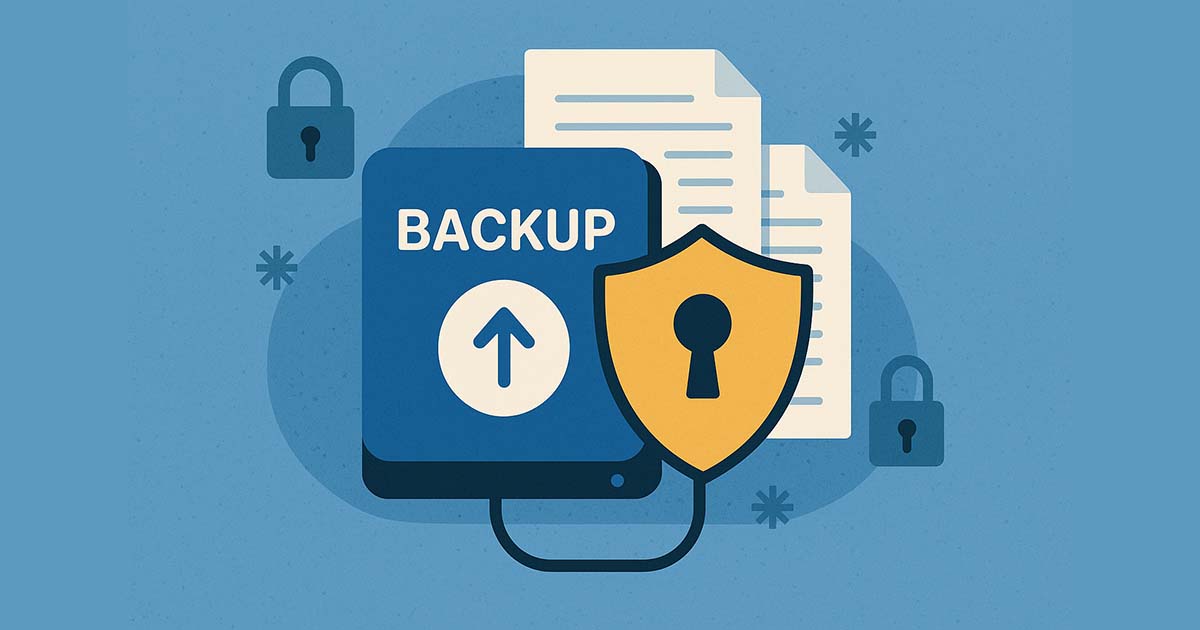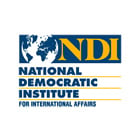Securing Your Backups: A Guide to Protecting Your Data
In today's digital-first world, data is the lifeblood of any organization. We meticulously create backups to safeguard against hardware failure, accidental deletions, and the ever-present threat of cyberattacks. But what if the very backups designed to be your safety net become a vulnerability? An unsecured backup is like leaving the keys to your kingdom under the doormat. Cybercriminals know this, and unsecured backups are an increasingly common target. This article explores the essential, multi-layered approach to ensuring your backups are as secure as the data they are meant to protect.
Table of Contents
The Physical Fortress: Securing Your Backup Storage
The first line of defense in backup security is the physical protection of the storage media itself. Whether you're using external hard drives, tapes, or network-attached storage (NAS), their physical location and handling are paramount. Unauthorized access to a physical device can lead to total data compromise.
A cornerstone of physical backup security is the 3-2-1 rule: maintain at least three copies of your data on two different storage types, with one copy located off-site. This geographic separation is your best defense against localized disasters like fire, flood, or theft. An off-site backup could be in a secure, climate-controlled facility or a trusted cloud storage provider.
For on-premise backups, it's crucial to treat the storage location with the same seriousness as your primary servers. This means:
- Restricted Access: Only authorized personnel should have physical access to backup devices. This can be enforced through locked server rooms, secure cabinets, and access logs.
- Environmental Controls: Protect your backup media from environmental hazards such as extreme temperatures, humidity, and magnetic fields, which can degrade or destroy them over time.
- Discreet Labeling: Avoid labeling backup drives with explicit information like "Company Financials - Full Backup." Use a coded or generalized labeling system to obscure the nature of the data.
The Digital Vault: Encryption is Non-Negotiable
Simply having a physical barrier isn't enough. In the event that a backup device is lost or stolen, encryption is what stands between your sensitive data and a potential breach. Unencrypted data on a lost backup is a data breach waiting to happen.
Encryption is the process of converting your data into a scrambled, unreadable format that can only be unlocked with a specific decryption key. Modern backup solutions, like SyncBackPro, typically offer robust encryption options, with AES-256 (Advanced Encryption Standard with 256-bit keys) being a widely accepted and highly secure standard.
It is critical to encrypt your backups both at rest (while stored on the device) and in transit (while being transferred over a network). This ensures end-to-end protection.
Equally important as the encryption itself is the management of the encryption keys. If you lose the key, you lose access to your backup. Best practices for key management include:
- Secure Storage: Store encryption keys separately from the backup data.
- Limited Access: Only a minimal number of authorized individuals should have access to the keys.
- Regular Rotation: Periodically changing encryption keys can further enhance security.
The Watchful Guardian: Auditing and Access Control
Securing your backups is not a "set it and forget it" task. Continuous monitoring and strict access controls are vital to maintaining their integrity and preventing unauthorized access. This is where a policy of least privilege comes into play.
The principle of least privilege dictates that users and applications should only have the minimum level of access necessary to perform their required functions. Not everyone in your organization needs access to backup and recovery systems. By limiting access, you reduce the potential attack surface.
Key components of robust auditing and access control include:
- Multi-Factor Authentication (MFA): Requiring more than just a password to access backup systems adds a critical layer of security.
- Regular Audits: Periodically review who has access to your backups and what actions they are performing. Look for any unusual or unauthorized activity.
- Immutable Backups: Consider using backup storage that offer immutability. This feature makes it impossible to alter or delete backups for a specified period, providing a powerful defense against ransomware that targets and encrypts backup files.
- Regular Testing: Regularly test your backup and recovery procedures. This not only ensures that your backups are viable but also provides an opportunity to review and refine your security protocols.
- Updating: Apply firmware and software updates to your backup devices and applications.
Don't Forget About Cloud Backups
Cloud storage providers implement their own security, but users are still responsible for how data is encrypted and accessed. Use client-side encryption before uploading data to the cloud. Choose cloud services that offer strong data privacy and compliance guarantees. Enable logging and alerting for cloud backup activity.
Conclusion
By implementing a comprehensive security strategy that encompasses the physical, digital, and procedural aspects of your backup process, you can ensure that your data's lifeline remains a source of resilience, not a point of vulnerability. In an era of escalating cyber threats, the security of your backups is not an optional extra, it's an absolute necessity.
A backup that’s stolen, corrupted, or silently tampered with can be worse than no backup at all. It gives a false sense of security. Securing your backups ensures that when something goes wrong, you can rely on your data being safe, intact, and accessible only to those who should have it.
















